Black by Choice
by Nick Douglas
If I were you, Pink, I would not let my ambition die. I would seek to rise and not in that class either but I would take my position in the world as a white man as you are and let the other go for be assured of this as the other you will never get your rights.”
This was the stark message that Pinckney Benton Stewart (P.B.S.) Pinchback received from his sister in 1863. She had made the brutal judgment that Pinchback would never be able to attain his goals as a black man, but could succeed as a white man.
Luckily for black America, Pinchback did not follow her advice. Instead he took the powerful path of achieving his ambitions as a black man.
Pinchback made history by serving as Louisiana’s first and last black governor during Reconstruction. He was a champion for black education in Louisiana and helped obtain the grant to establish Southern University. His legal maneuvering and tactics helped bring the Plessy v Ferguson case challenging segregation to the Supreme Court.
Pinchback’s personal story is as interesting as his public life. It highlights the cooperation, coexistence and clashes of blacks and whites in the U.S. during his lifetime.
Pinkney Pinchback was born free in Macon, Georgia in 1837. His mother Eliza Stewart was a slave who had been freed by his father, the white slaveholder Major William Pinchback in 1836. Eliza and William Pinchback would have 10 children together, while at the same time Pinchback had a white family. In 1837 Pinchback moved both his families to a plantation in Mississippi. Pinkney and his brother were sent to private school in Cincinnati, Ohio.
When Pinckney was 11 years old his father died. His mother Eliza, fearing that William Pinchback’s white widow might try to claim Eliza’s children as her slaves, fled to the free state of Ohio after his death. In 1842 Mississippi had forced all free people of color to leave the state or to be re-enslaved fearing they might insight slaves to rebel. It seems likely the Pickney’s mother Eliza Stewart, fled because her conditional freedom and the freedom of her children was dependent on their father, William Pinkney’s protection. With his mother and his other siblings safely in Ohio, Pinkney left school at age 12 to help support his family. He worked as a cabin boy and a hotel porter.
In 1860 Pinchback married Nina Emily Hawthorne, a free woman of color, in New Orleans. In 1862 he made his way to New Orleans after its capture by the Union Army. In 1863 he joined the Union Army, was commissioned captain of the all-black 1st Native Guard Regiment and helped raise several companies of soldiers. Pinchback resigned his commission, as did other black officers in the Native Guard, due to being passed over for promotion and poor treatment at the hands of white officers.
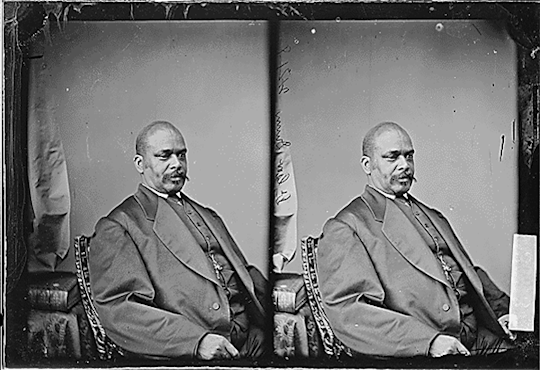
After the war Pinchback became active in the Republican Party. The landscape of Louisiana politics was volatile during Reconstruction. Pinchback was elected to the Louisiana State Senate, where he became Senate president. He became Lieutenant Governor when Louisiana’s first black elected lieutenant governor Oscar Dunn died in office. Pinchback served as the first and only black governor of Louisiana for 15 days while Governor Henry Warmouth answered to an impeachment inquest board. It would be more than one hundred years, 1990, before another black man, Douglas Wilder, would be elected and serve as governor of the state of Virginia.
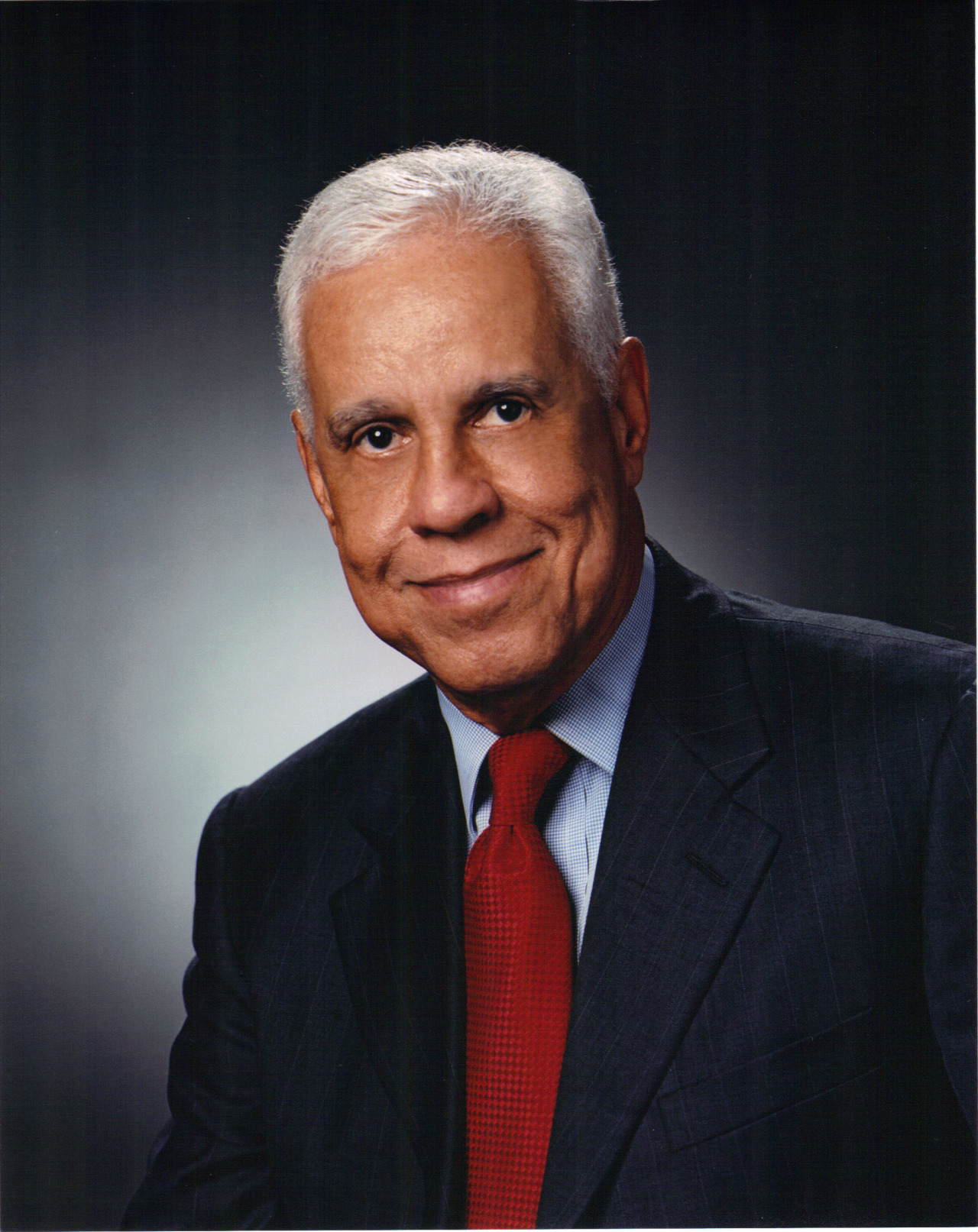
The 1872 elections in Louisiana were marred by massive fraud, collusion and intimidation by the White League, a military arm of the Democratic Party used to disenfranchise black voters. In 1873 Pinchback was elected to Congress. Pinchback’s congressional seat was disputed and the dispute was not settled for some years afterwards. Eventually it was given to William Kellogg.
In early 1872 Pinchback purchased the bi-weekly New Orleans newspaper the Louisianan, a black weekly newspaper, which he published until 1879. He used the paper to promote his political views.
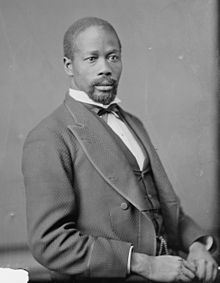
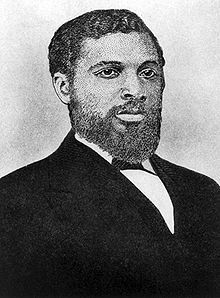
During this time two prominent black Alabama legislators, Jeremiah Haralson and James Rapier, voted to condemn all legislators who had opposed Ulysses S. Grant in that year’s election. The motion would have condemned Charles Sumner, a Massachusetts Senator who had opposed Grant and his conciliatory stance towards Rebel states. Sumner advocated full civil rights for all former slaves as a condition of readmission to the Union. Sumner had devoted his life to the abolition of slavery and advocating for black civil rights and equality and Pinchback refused to vote to condemn him.
In addition to being heavily involved in national politics, Pinchback became a champion for black education in Louisiana. He served as the director of New Orleans Public Schools and on the Louisiana State Board of Education. He is credited for gaining support to found Southern University in 1880.
In 1885 Pinchbank studied law at Straight University, a school founded to help educate former slaves in New Orleans, which later became part of Dillard University. He was admitted to the Louisiana bar in 1886. Pinchbank joined the Comité des Citoyens in the 1890s, which launched the Plessy v Ferguson case, the legal challenge to segregation which wound up in the Supreme Court.
The legal team from the Comité des Citoyens argument before the court failed. Their challenge to segregation was denied by the Supreme Court’s “separate but equal” ruling in 1896. In 1898, Louisiana passed a new state constitution which disenfranchised black voters for decades. Numerous Southern states joined Louisiana in systematically disenfranchising and discriminating against people of color. Race relations reached its nadir after the turn of the century with vicious attacks on blacks throughout the nation. These attacks helped to bring about the formation of the NAACP in 1908 and set the U.S. on course for the massive civil rights actions of the 1950s and 1960s.

In 1892 Pinchback moved to Washington, D.C. with his family, where he lived the rest of his life. He died in 1921 and was returned to Louisiana and buried in Metairie Cemetery. Pinchback’s grandson, Jean Toomer, was a well-known author and poet during the Harlem Renaissance.
Pinchbank’s appearance could have easily allowed him to pass as white and live a successful life as a white man. Some of his family members encouraged him to do just that. He could have avoided all the racial barriers set up by white Americans to thwart black ambitions and success. When asked which heritage he drew upon as a source of pride, Pinchback replied, “I don’t think the question is a legitimate one, as I have no control over the matter. A man’s pride I regard as born of his associations, and mine is, perhaps, no exception to the rule.” Instead he became a hugely successful leader and a role model for many black Americans. His story and the varied stories of other black legislators who fought for civil rights and equality after the Civil War and during Reconstruction needs to be shared with all Americans.
+++++++++++
Nick Douglas is author of: Finding Octave: The Untold Story of Two Creole Families and Slavery in Louisiana. Available on amazon.com

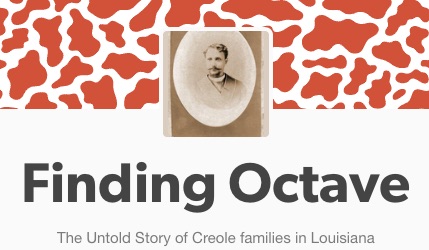
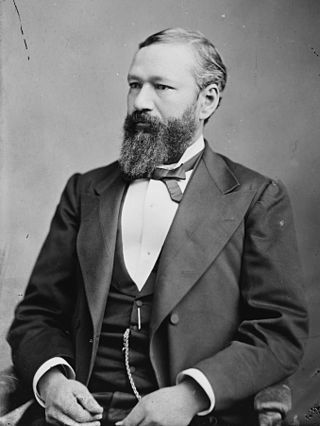
Very informative.
Maxine